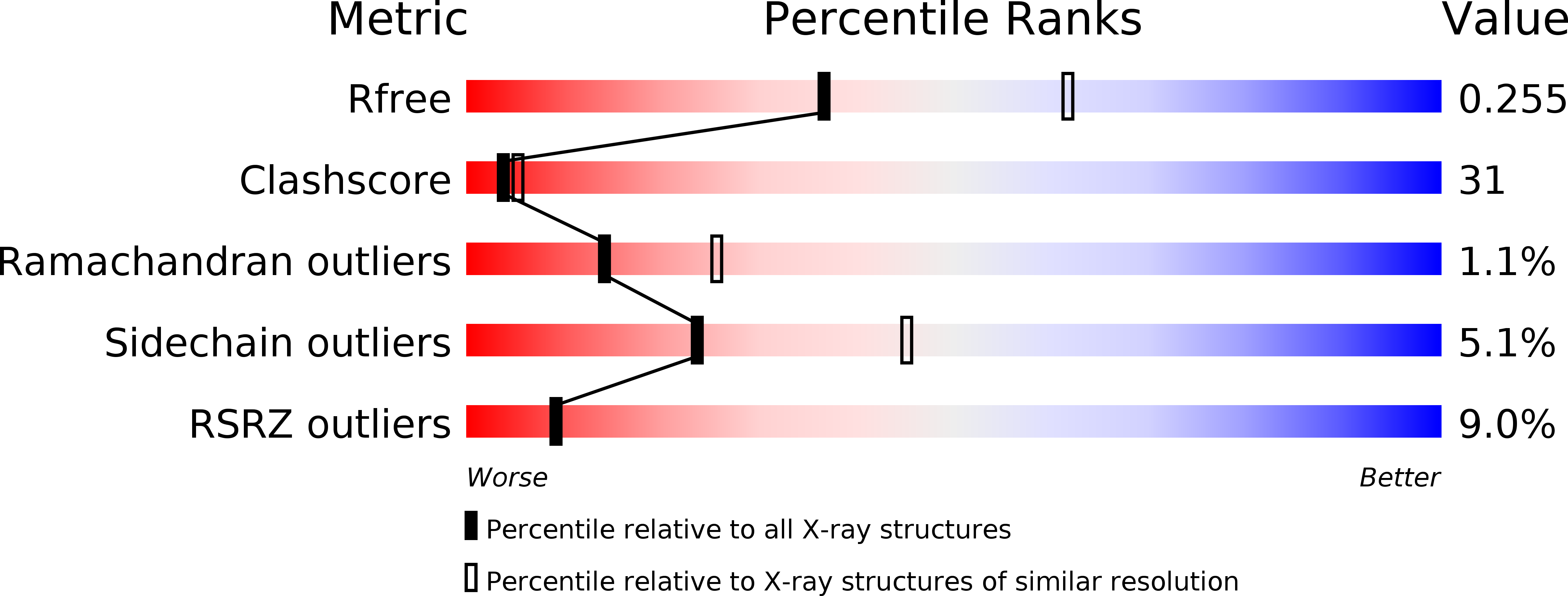
Deposition Date
2003-10-05
Release Date
2004-07-06
Last Version Date
2023-12-27
Entry Detail
PDB ID:
1O5T
Keywords:
Title:
Crystal structure of the aminoacylation catalytic fragment of human tryptophanyl-tRNA synthetase
Biological Source:
Source Organism:
Homo sapiens (Taxon ID: 9606)
Host Organism:
Method Details:
Experimental Method:
Resolution:
2.50 Å
R-Value Free:
0.29
R-Value Work:
0.24
R-Value Observed:
0.24
Space Group:
P 65 2 2


